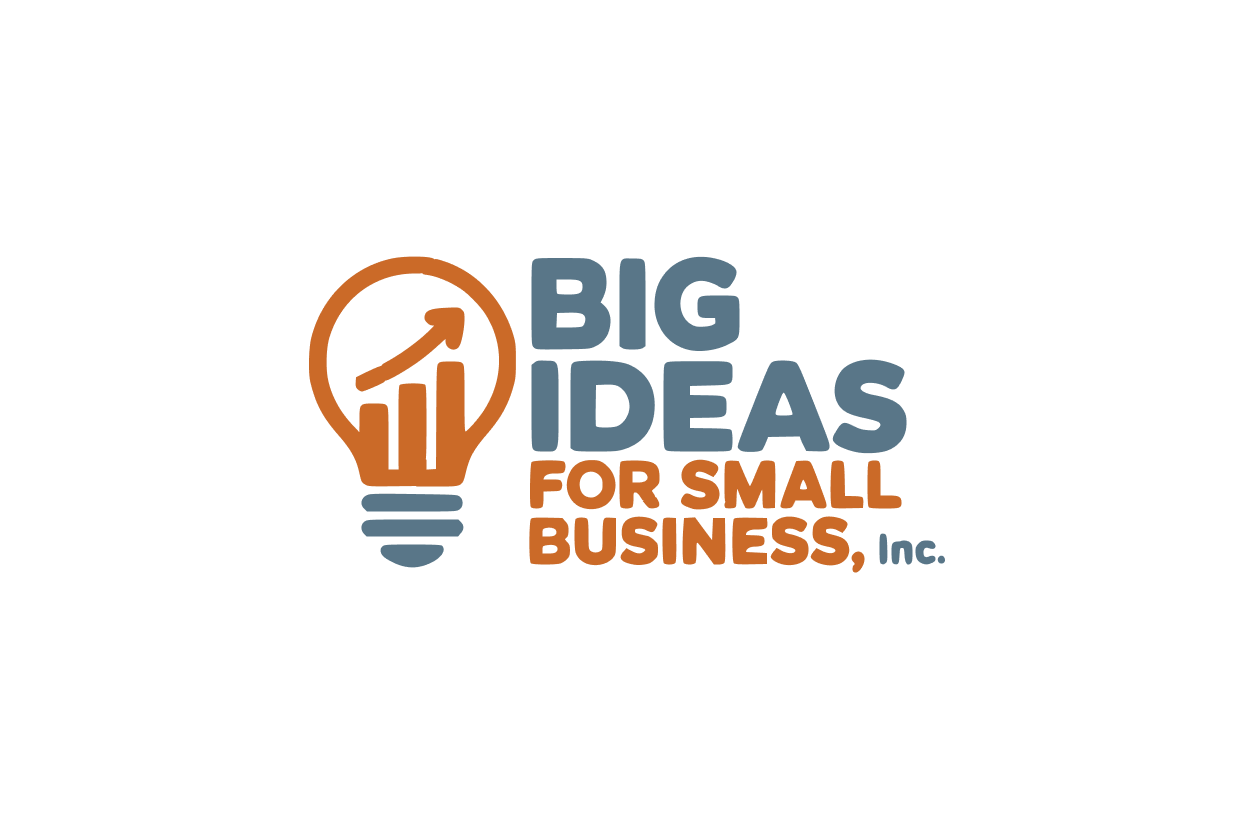 According to the Bureau of Labor Statistics, productivity is “a measure of economic performance that compares the amount of goods and services produced (output) with the amount of inputs used to produce those goods and services.” Higher productivity means being able to produce more goods and services with the same or fewer resources. This results in increased profits.
According to the Bureau of Labor Statistics, productivity is “a measure of economic performance that compares the amount of goods and services produced (output) with the amount of inputs used to produce those goods and services.” Higher productivity means being able to produce more goods and services with the same or fewer resources. This results in increased profits.
In the early industrial revolution, factory foremen in textile mills and in coal mines often used whips and verbal abuse to get workers to work harder with the goal of increased productivity. These days are gone. But as the industrial engineer Allen F. Morgenstern said in the 1930s: “work smarter, not harder.”
How do you do this in your small business with an eye toward avoiding employee burnout? Here are some ideas:
Automate
It’s axiomatic that using AI and other technology increases productivity. They can automate tasks, reduce human errors, and help decision-making to increase efficiencies. They are meant to assist employees; not replace them. Microsoft’s Copilot, for example, claims it can supercharge productivity, amplify creativity, and save time. Microsoft cites several examples of increased sales and higher revenue from using its product.
Some questions to ask yourself: how can I deploy AI or other technology in my company to increase productivity? What will it cost me, and do I have the budget for it now? What are my plans for the future?
Eliminate time wasters
What are you and your staff doing that isn’t contributing to productivity. The first thing that comes to mind is excessive meetings. Sure, sometimes meetings are necessary to discuss specific matters. But regularly scheduled meetings may not be all that helpful, so rethink them. When you do schedule meetings, make them productive. Define the purpose of the meeting, have an agenda (and stick to it), and use a facilitator to ensure that you cover the agenda and that things don’t go off course. World Economic Forum suggests ways to bolster productivity with shorter, sharper meetings.
Some other time wasters to eliminate:
- Disorganization
- Distractions
- Email overload
- Interruptions
Adopt efficiencies
Use task management tools to help with time management and create efficiencies. These tools help employees to prioritize tasks, coordinate with team members, and track time. Top10.com lists the best task management tools for 2025.
Work with employees
While the days of corporate punishment of employees is in the past, may be explicit or implicit demands that employees work harder or faster. This is not the solution for productivity. In fact, this can lead to “toxic productivity,” where employees are expected to work despite the negative effects on their physical and mental health. This results in health issues that impede productivity or cause high employee turnover. Instead, seek ways to support employees so that they can reach their optimum performance.
- Recognize employees’ efforts. WorkHuman’s From Praise to Profit: The Business Case for Recognition at Work says praise provides fuel for high performance.
- Encourage employees to use their personal time off. Harvard Business Review cited an early study that found that for every additional 10 hours of vacation time that an employee used, their performance at the end of the year increased by 8%.
- Train employees well. The better they know what to do, the more likely they’ll be good at it and work efficiently.
Final thought
Painter and sculptor Paul Gauguin said: “Stressing output is the key to improving productivity while looking to increase activity can result in just the opposite.”
In today’s economic environment, there are many things you can’t control…interest rates, tariffs, taxes. But within your company you can decide how things get done with the goal of increasing productivity to enhance your bottom line without adverse effects on employees. Think about it.
More information concerning automation in the workplace can be found in this list of blogs.


